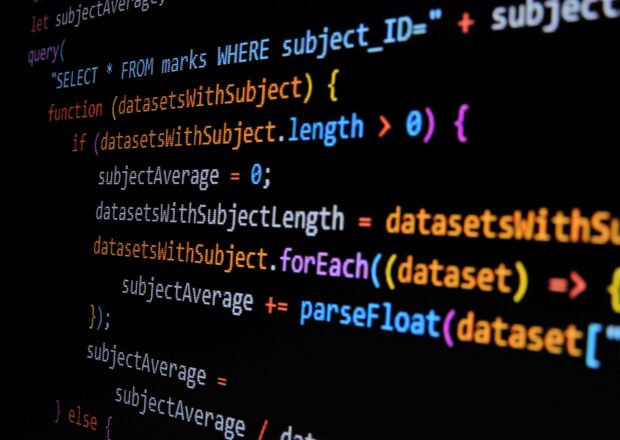The Future of Marketing Automation: Predictions and Trends for the Next 5 Years
Marketing automation is evolving quickly and the next 5 years are sure to bring even more advances. In this article, we will explore these and other trends that are shaping the future of marketing automation. Get ready for a more sophisticated and customer-centric future of marketing automation! Our predictions on the next 5 years follow.
Table of contents
- Increased use of artificial intelligence and machine learning
- Greater integration with other marketing and business systems
- More personalized and targeted messaging
- More focus on customer journey mapping
- More use of chatbots and conversational marketing
- Increased use of virtual and augmented reality
- Greater use of influencer marketing
- More emphasis on customer experience and customer success
- More use of predictive analytics to anticipate customer needs and preferences
- Greater use of voice search and voice-activated assistants in marketing campaigns
Increased use of artificial intelligence and machine learning
Artificial intelligence (AI) and machine learning have already had a major impact on marketing automation, and this trend is only set to continue in the coming years. AI can be used to personalize and target messaging to individual customers, as well as to identify patterns and trends in customer behavior to help anticipate their needs and preferences.
Greater integration with other marketing and business systems
Greater integration with other marketing and business systems is also expected to be a key trend in the future of marketing automation. This can involve integrating marketing automation tools with customer relationship management (CRM) systems, as well as with other marketing tools such as social media management and email marketing.
More personalized and targeted messaging
Personalization and targeting will continue to be important for marketing automation, as consumers increasingly expect personalized experiences from brands. This can involve using data such as customer demographics, interests, and purchase history to create targeted messaging and offers.
More focus on customer journey mapping
Customer journey mapping is another trend that is expected to become more important in the next few years. This involves using data and analytics to understand the various stages of the customer journey, and to create targeted messaging and offers at each stage.
More use of chatbots and conversational marketing
Chatbots and conversational marketing are also expected to play a larger role in the future of marketing automation. Chatbots can be used to provide personalized and targeted messaging to customers in real-time, and can be integrated with messaging apps and social media platforms.
Increased use of virtual and augmented reality
Virtual and augmented reality (VR and AR) are expected to become more widely used in marketing automation in the coming years. These technologies can be used to create immersive and engaging experiences for customers, and can be particularly effective for promoting products and services in sectors such as retail, travel, and real estate.
Greater use of influencer marketing
Influencer marketing is another trend that is expected to grow in the next few years, as more brands look to leverage the power of social media influencers to reach and engage with customers.
More emphasis on customer experience and customer success
Customer experience and customer success will also continue to be important for marketing automation, as brands look to build long-term relationships with customers and ensure their satisfaction. This can involve using data and analytics to understand customer needs and preferences, and to create targeted messaging and offers that meet those needs.
More use of predictive analytics to anticipate customer needs and preferences
Predictive analytics is another trend that is expected to grow in the next few years, as more brands look to use data and analytics to anticipate customer needs and preferences. This can involve using machine learning algorithms to analyze customer data and identify patterns and trends that can be used to create targeted messaging and offers.
Greater use of voice search and voice-activated assistants in marketing campaigns
Finally, the use of voice search and voice-activated assistants is expected to become more prevalent in marketing automation in the coming years. Brands will need to optimize their websites and marketing campaigns for voice search, and will also need to create targeted messaging and offers for voice-activated assistants such as Amazon’s Alexa and Google Home.




